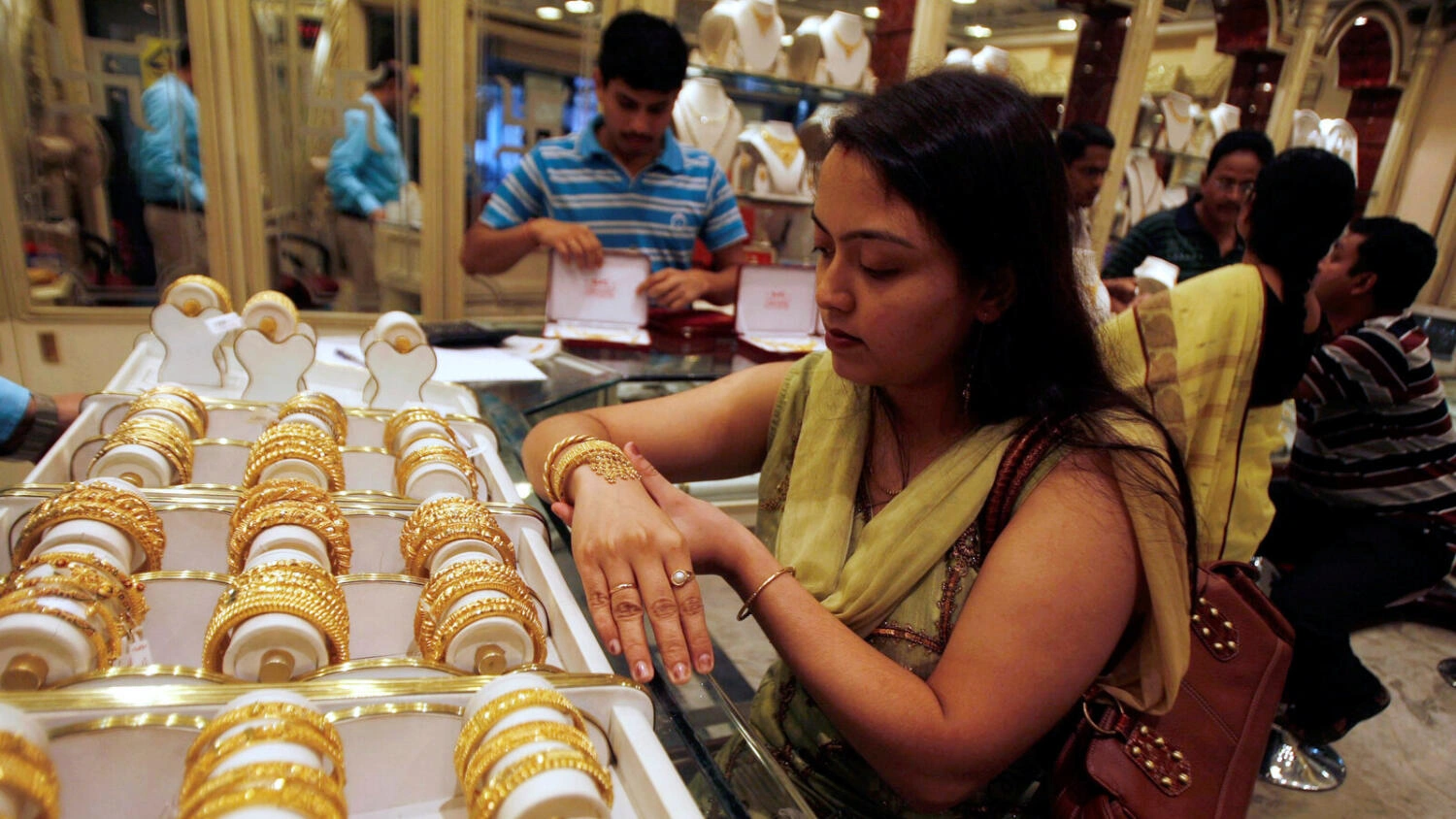The rising gold prices have prompted many Indian families to choose lightweight and lower-carat jewellery to manage their budgets, according to industry experts.
“I wanted to gift my daughter 80 grams of gold for her wedding, but due to the price hike over the past two years, I had to settle for 50 grams,” shared Shubhangi More from Mumbai, as she selected a traditionally designed necklace for the occasion.
Gold prices in India, the world’s second-largest gold market, have surged by 22% this year, following a 15% increase in 2023. This significant rise has shifted buyer preferences towards more budget-friendly options.
Most Indian buyers still favor traditional jewellery designs but now prefer them in lightweight versions, shared Bachhraj Bamalwa, a partner at jewellery retailer Nemichand Bamalwa & Sons. “To meet this demand, we are focusing on stocking lightweight jewellery sets and reducing our inventory of heavier items,” he said.
Advancements in manufacturing technology have made it possible to create traditional designs with lighter weights, explained Sachin Jain, CEO of the World Gold Council’s Indian operations. This technology shift is helping jewellers cater to the changing preferences of customers.
In addition to lighter jewellery, buyers are increasingly opting for 18-carat gold instead of the traditional 22-carat. For instance, Guddi Devi, a teacher from Bihar, chose 18-carat gold for her daughter’s wedding. “It’s cheaper and more durable than 22-carat gold,” she explained.
Traditionally, Indians have preferred 22-carat gold, which contains 91.7% pure gold. On the other hand, 18-carat gold is made up of 75% gold and 25% other metals, making it both more affordable and durable. The price difference between the two is significant, with 18-carat gold being almost 20% cheaper.
“Lower prices and better durability are driving the popularity of 18-carat gold,” said Surendra Mehta, secretary of the India Bullion and Jewellers Association. “Its share in total jewellery sales has grown to over 15%, compared to just 5%-7% two years ago.”





